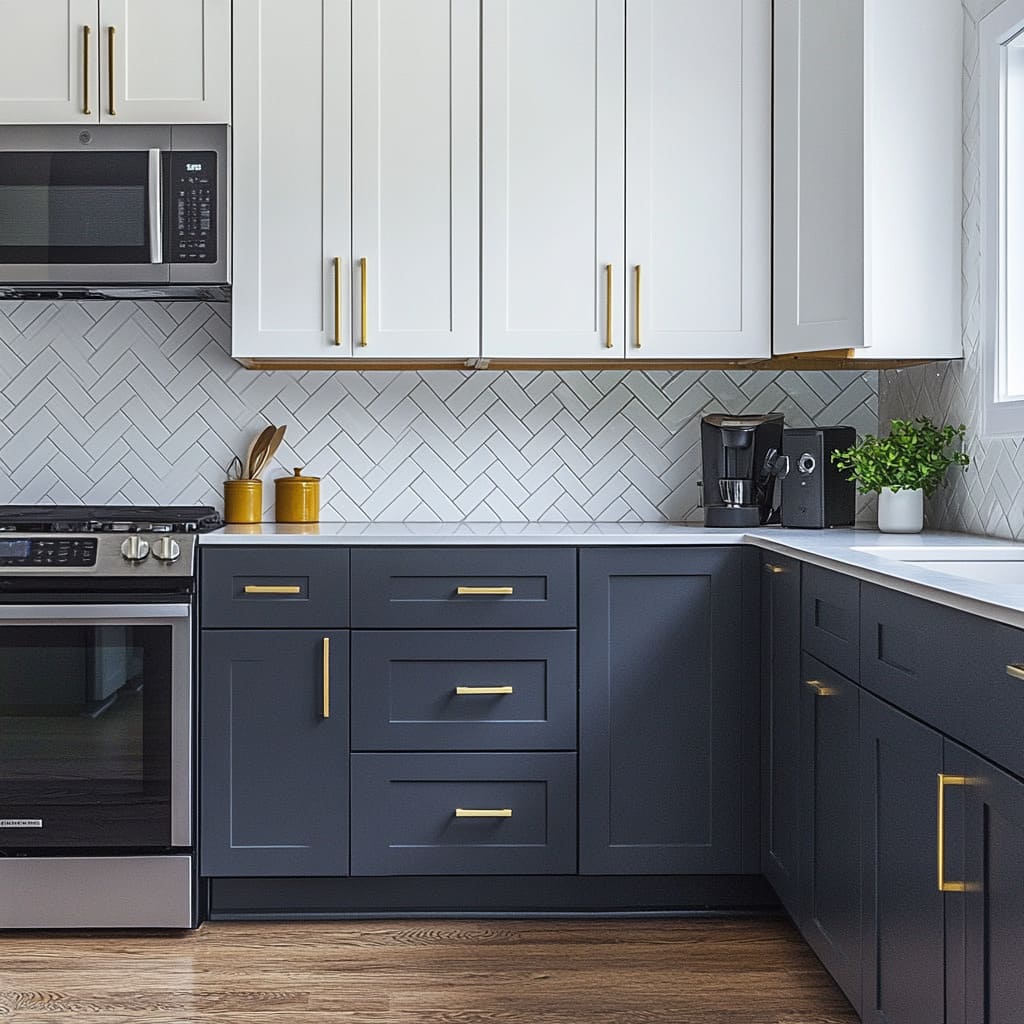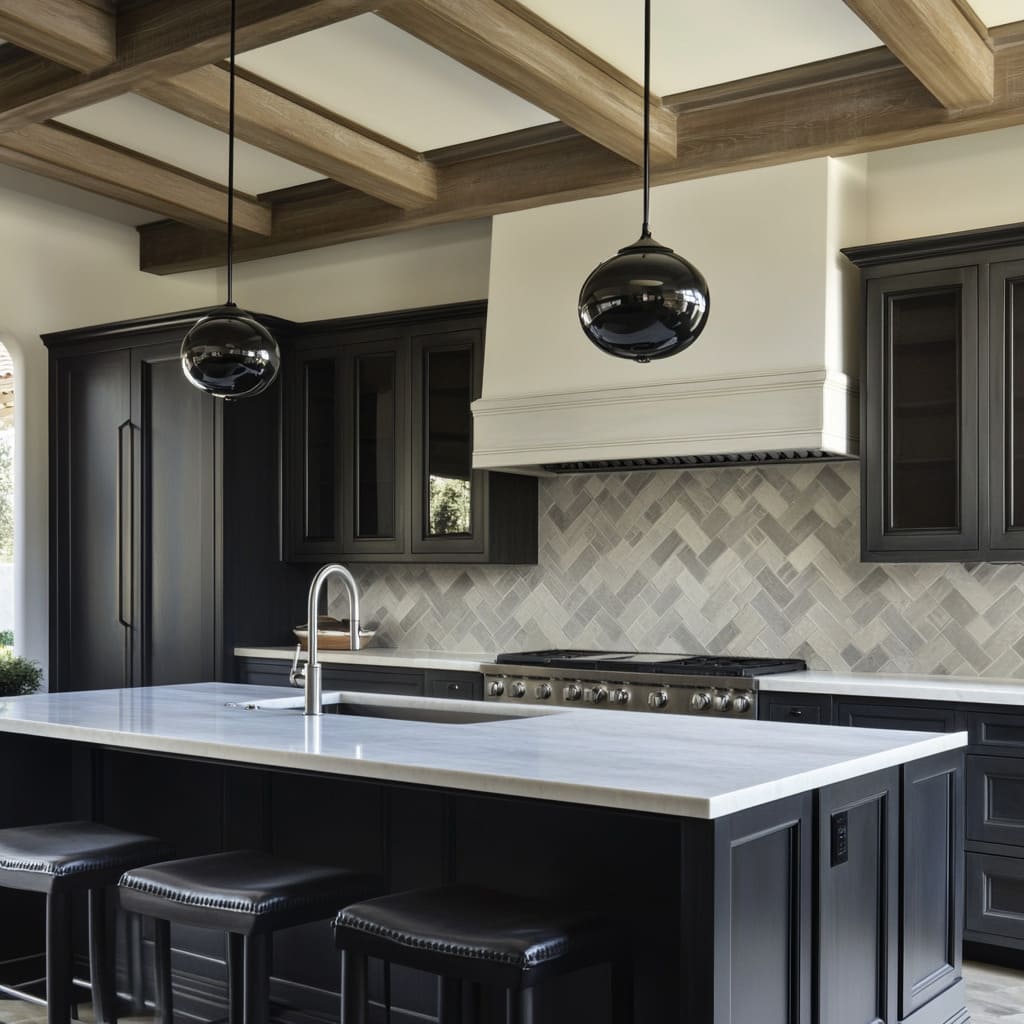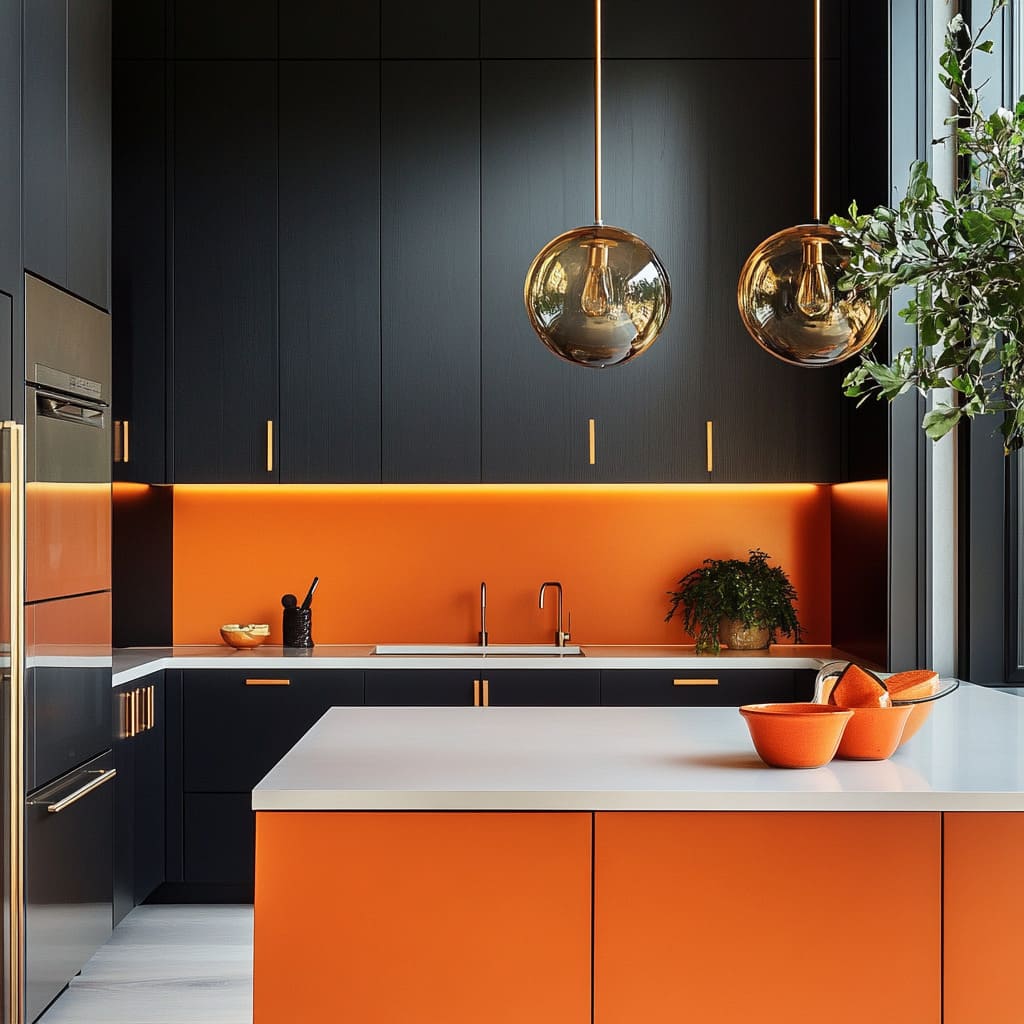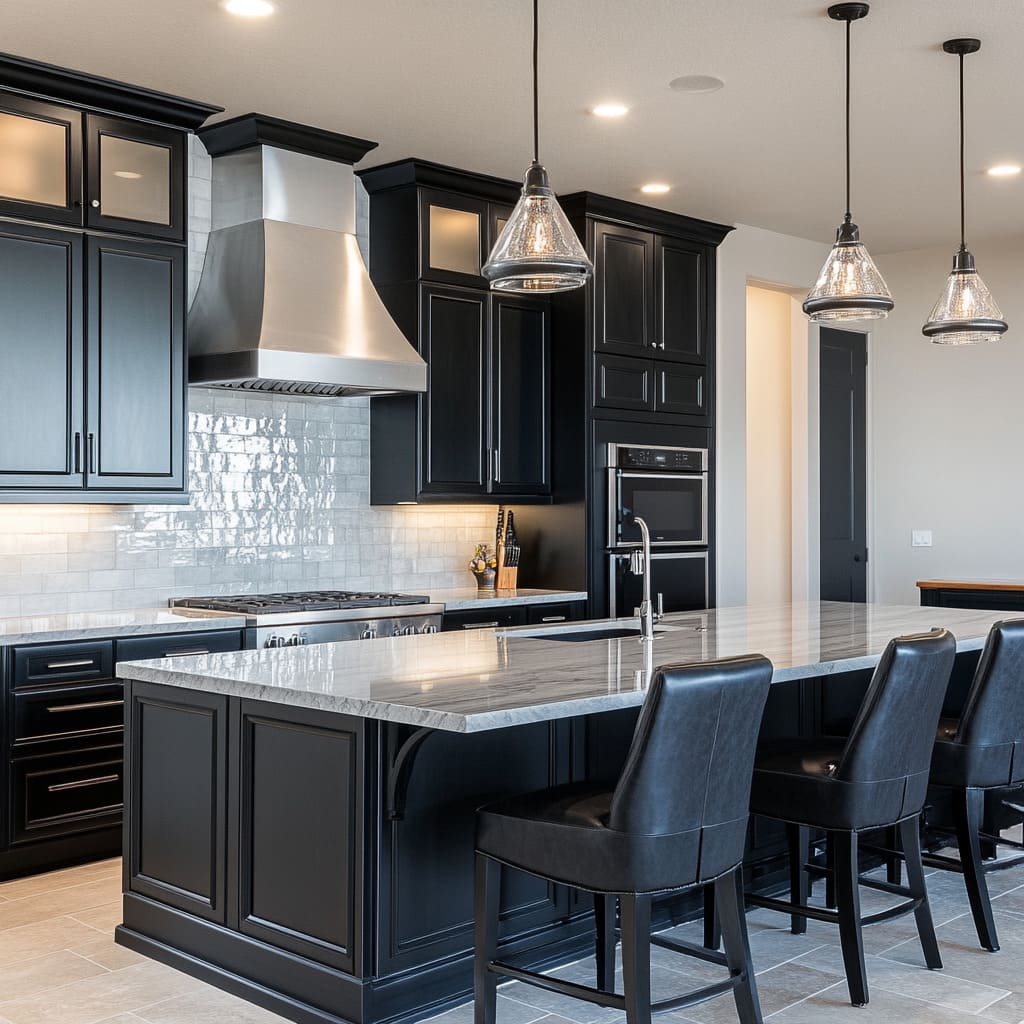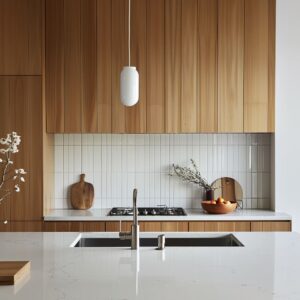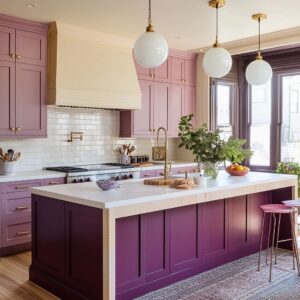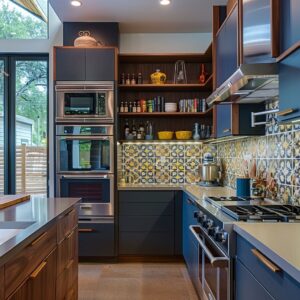Ensuring top-notch quality for your kitchen cabinets involves more than just selecting the right materials, styles, and hardware.
It’s crucial to also focus on painting them correctly. A good paint job not only improves the look of your cabinets but also provides a durable layer of protection.
This helps guard against scratches, dents, and other forms of damage, preserving the integrity and beauty of your cabinets over time. Additionally, the protective layer can make your cabinets more resistant to stains and spills, simplifying maintenance and keeping your kitchen looking pristine.
However, painting your kitchen cabinets incorrectly can lead to a range of issues, including uneven finishes, peeling paint, and a less durable surface. Here are some common mistakes you need to avoid to ensure a professional and long-lasting result.
Failing to Prep Your Cabinets
Some homeowners fail to realize the importance of thorough preparation, which results in a substandard paint job. If you’re wondering why the paint on your kitchen cabinets is peeling despite buying the right paint and having the proper materials, it’s most likely because you didn’t take the time to sand, clean, and prime the surface. For a successful cabinet makeover, prioritize these prep steps.
What Happens If You Don’t Sand Cabinets Before Painting?
Not sanding your cabinets before painting can lead to several issues. Without sanding, the paint may not adhere properly, resulting in peeling and chipping over time.
Sanding creates a smooth, even surface that allows the paint to bond effectively. It also removes any existing gloss, dirt, or imperfections that could interfere with the finish.
By skipping this crucial step, you compromise the quality and longevity of your paint job, making it more likely to require touch-ups or a complete redo sooner than expected. After sanding your kitchen cabinets, prime them thoroughly.
Priming creates a smooth, uniform surface for the paint to adhere to, ensuring better coverage
Cheaping Out on the Paint
When painting your kitchen cabinets, it’s crucial to consider high-quality paints instead of cheaper options. Premium paints offer superior durability and a smoother finish, ensuring your cabinets look great and stand up to daily wear and tear.
Investing in better paint can save you money in the long run by reducing the need for frequent touch-ups and repaints.
What Kind Of Paint Do You Use On Kitchen Cabinets?
Your kitchen is a high-traffic area that faces constant wear and tear from cooking, cleaning, and daily use.
This constant use means your cabinets are exposed to moisture, heat, grease, and frequent handling. Therefore, it’s crucial to choose the best paint to ensure they remain durable and beautiful.
Some of the best types of paint for kitchen cabinets are premium-grade acrylic and alkyd-based options.
These paints are known for their superior durability, excellent coverage, and resistance to chipping and stains, making them ideal for high-use areas like kitchens
Using the Wrong Painting Techniques
Painting your kitchen cabinets involves more than just slapping the paintbrush onto the surface and calling it a day. Knowing the best way to paint kitchen cabinets is crucial in achieving a high-quality and professional finish.
Here are some essential tips on how to paint kitchen cabinets:
- Prime the Surface: Begin with a primer to create a solid base for the paint.
- Select the Right Paint: Use high-quality, durable paint suitable for cabinets.
- Apply Thin Coats: Paint in thin, even layers to avoid streaks and drips.
- Use Appropriate Tools: Utilize a brush for detailed areas and a roller for flat surfaces.
- Dry Between Coats: Ensure each coat dries thoroughly before adding the next layer.
Overlooking the Time Needed & Underestimating the Effort Involved
Most homeowners are surprised when they realize just how much time and effort painting kitchen cabinets truly requires. Understanding the true time and effort required to paint kitchen cabinets helps ensure a smooth and successful project.
This preparation involves thorough cleaning, sanding, and priming, followed by multiple coats of paint with sufficient drying time in between.
How Long Does It Take To Paint Kitchen Cabinets?
The time it takes to paint kitchen cabinets from prep to finish can vary, but generally, you should expect the project to take several days to a week.
This includes the crucial steps of cleaning, sanding, and priming, followed by applying multiple coats of paint. Each coat requires adequate drying time, typically about 12 to 24 hours, to ensure the paint cures properly and provides a lasting finish.
The complexity of the cabinet design, the number of cabinets, and the type of paint used can all impact the total time required to complete the project
So, Is It Hard To Paint Kitchen Cabinets?
Painting kitchen cabinets may be a challenging task, requiring significant effort and attention to detail. However, with the right knowledge, proper tools, and a well-thought-out plan, it can become a manageable and rewarding DIY project.
Preparing thoroughly, from cleaning and sanding to priming, ensures a smooth application. Using high-quality paint and the correct techniques, like applying multiple thin coats, will result in a professional, durable finish that revitalizes your kitchen


